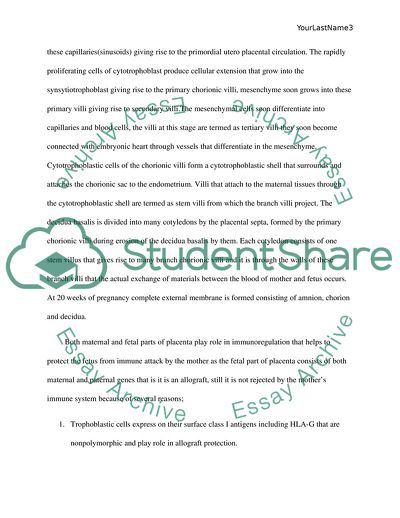Cite this document
(Development of the Human Placenta Term Paper Example | Topics and Well Written Essays - 1250 words - 1, n.d.)
Development of the Human Placenta Term Paper Example | Topics and Well Written Essays - 1250 words - 1. https://studentshare.org/biology/1763381-development-of-the-human-placenta
Development of the Human Placenta Term Paper Example | Topics and Well Written Essays - 1250 words - 1. https://studentshare.org/biology/1763381-development-of-the-human-placenta
(Development of the Human Placenta Term Paper Example | Topics and Well Written Essays - 1250 Words - 1)
Development of the Human Placenta Term Paper Example | Topics and Well Written Essays - 1250 Words - 1. https://studentshare.org/biology/1763381-development-of-the-human-placenta.
Development of the Human Placenta Term Paper Example | Topics and Well Written Essays - 1250 Words - 1. https://studentshare.org/biology/1763381-development-of-the-human-placenta.
“Development of the Human Placenta Term Paper Example | Topics and Well Written Essays - 1250 Words - 1”. https://studentshare.org/biology/1763381-development-of-the-human-placenta.


